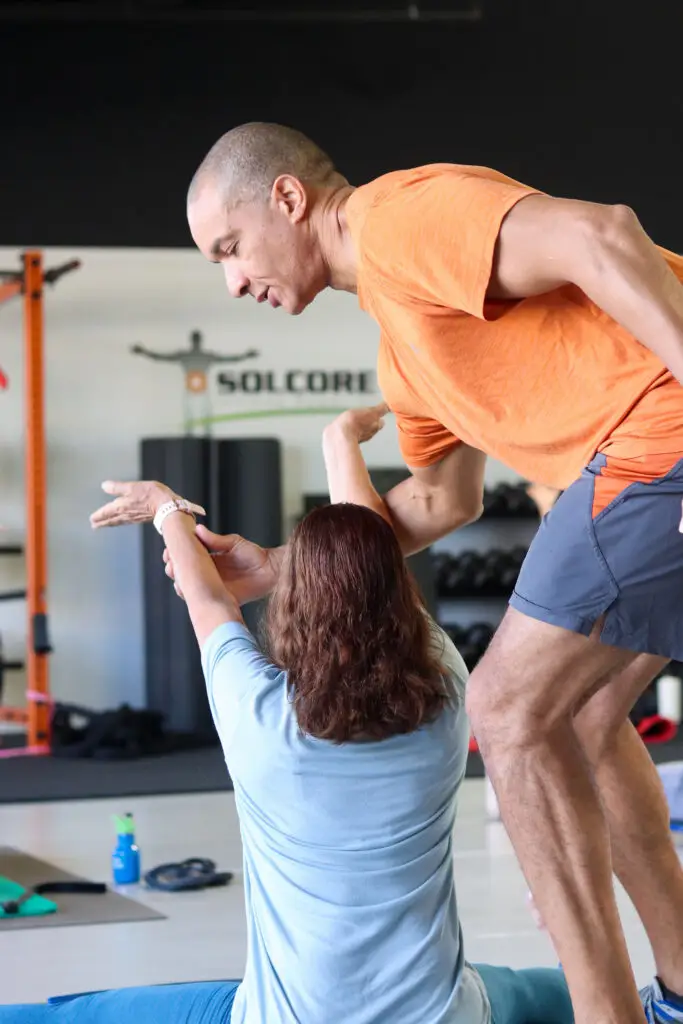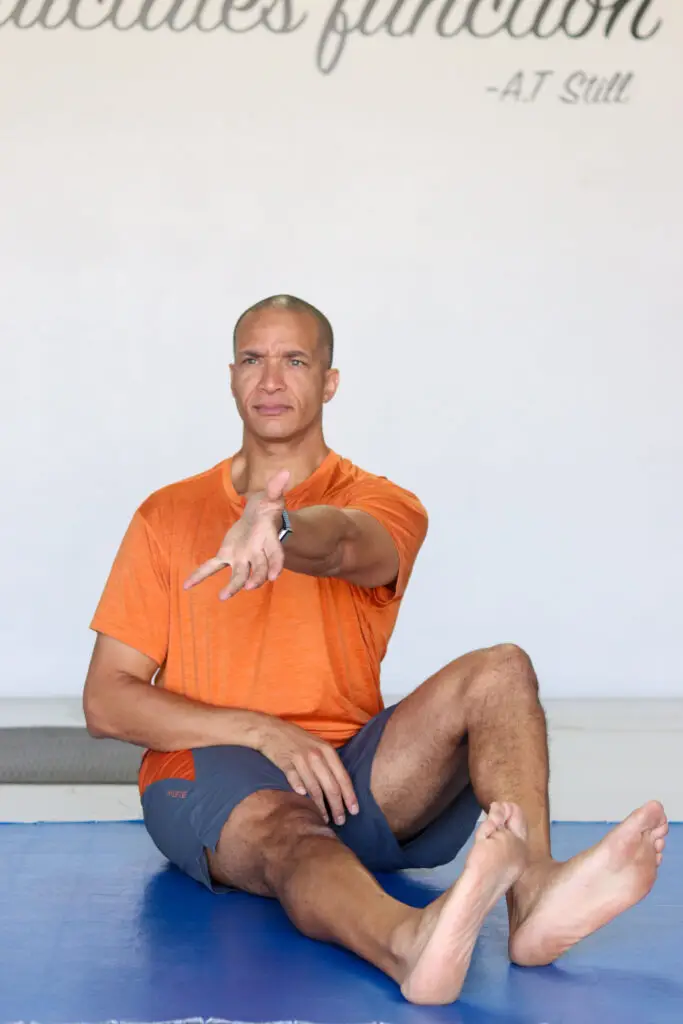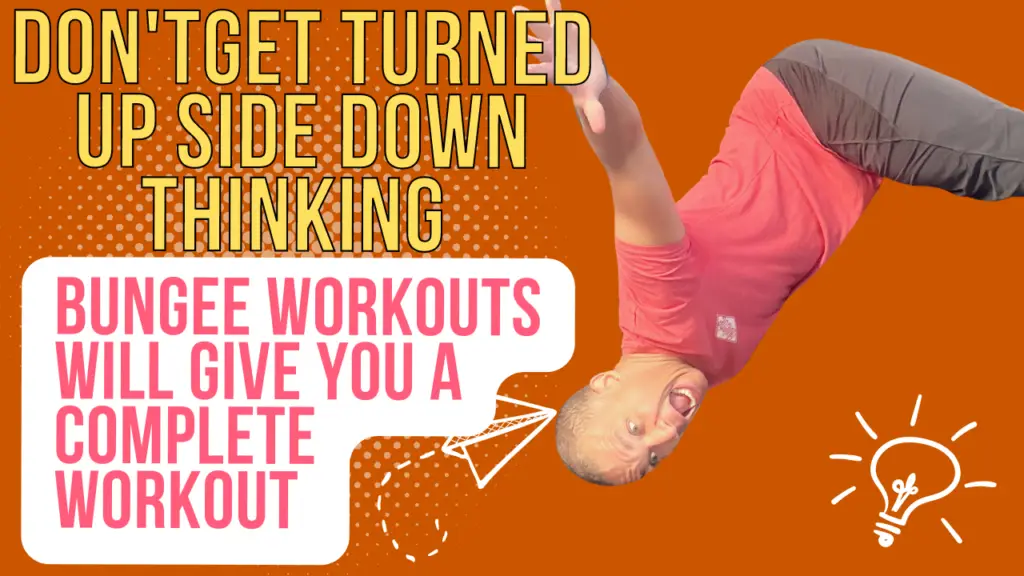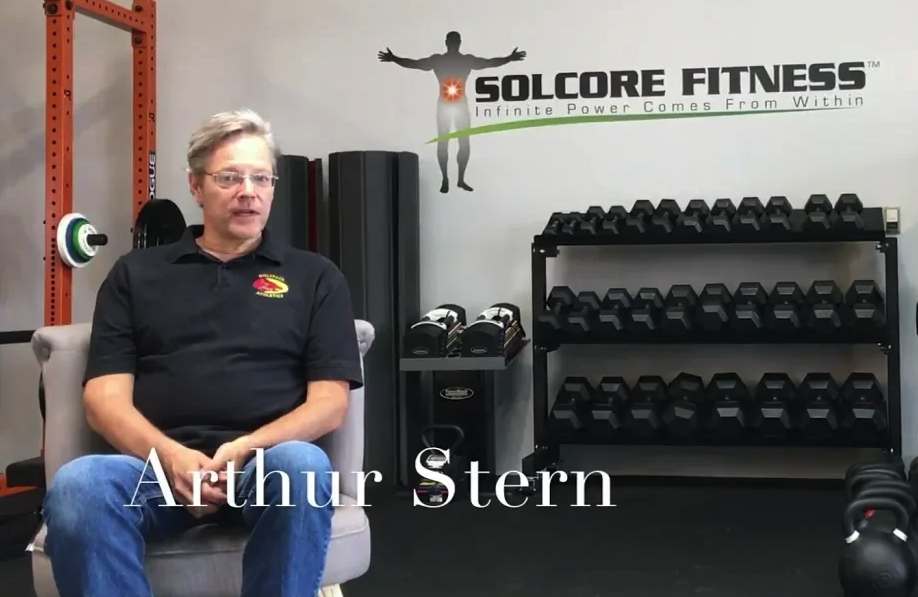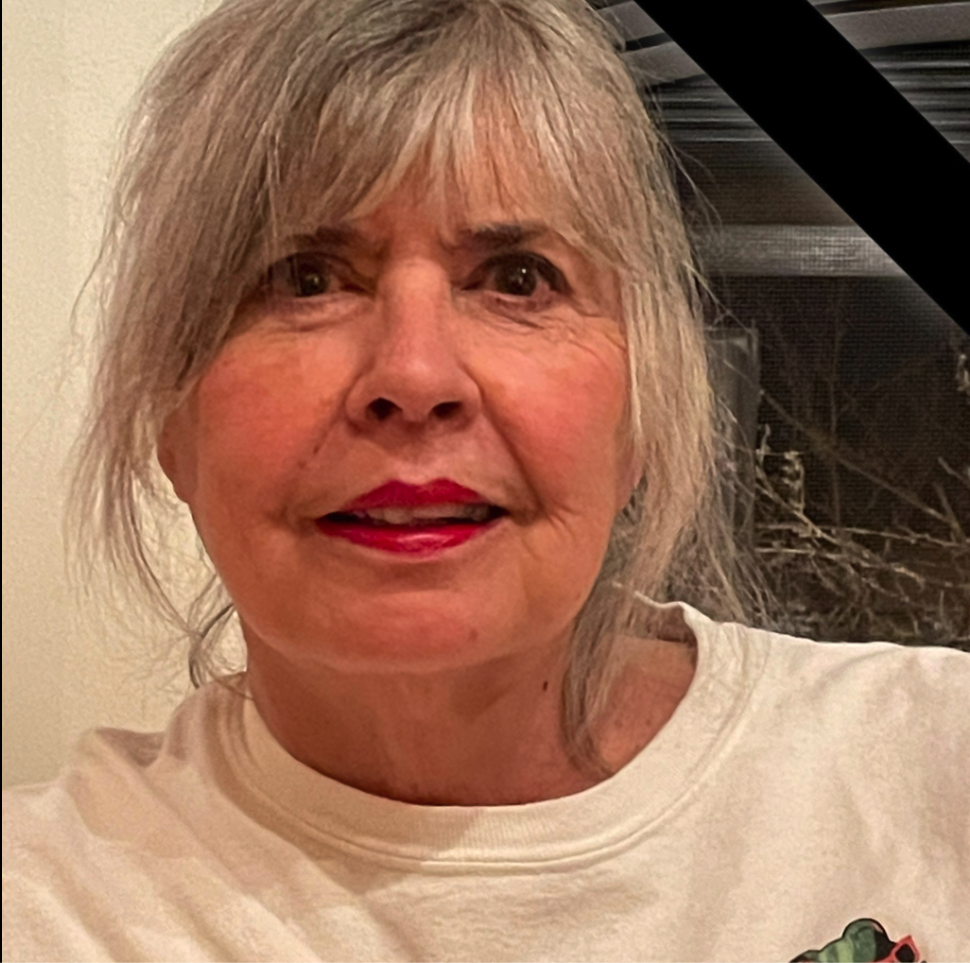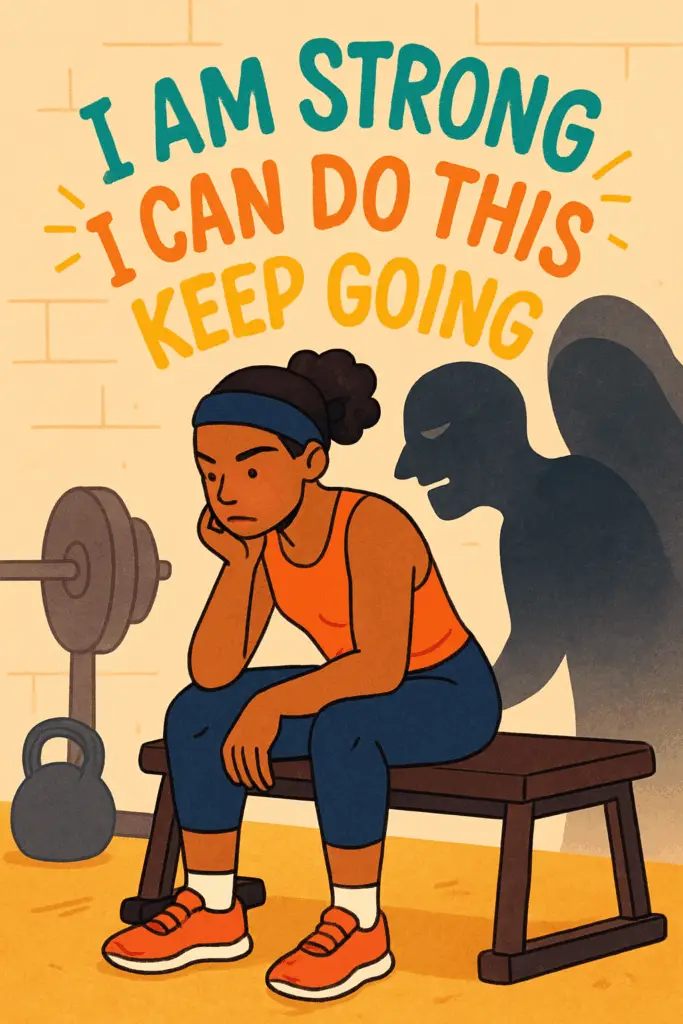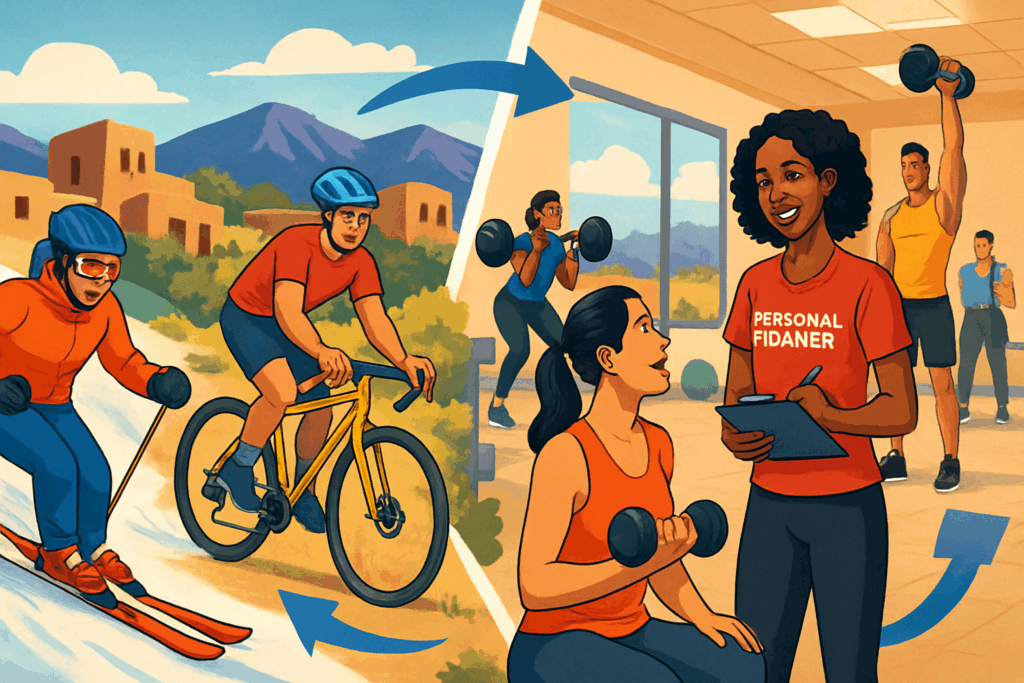
Growth is wired into us. Whether it’s a child’s urge to explore, an adult’s longing for new skills, or an elder’s wisdom in mentoring others, there’s a constant drive: Can I do more? Become better? Expand my world? But in the modern age, “more” often means faster, harder, busier… and too often, burnt out. Balancing growth with wellness body, mind, spirit is the true mark of a healthy journey.
The Double-Edged Sword of Ambition
Motivation sharpens the mind and lights the internal fire. But unchecked, it turns to restlessness—a need to hustle, a fear of stillness. It’s easy to fall into “not good enough,” always chasing the next target, never grounding in now.
At SolCore Fitness, we help clients shape ambition so it enriches every aspect of life not just one.
Tony Robbins’ Universal Need
Robbins identifies “growth” among the six core human needs, the pulse that once satisfied brings excitement and hope. But even he warns: pursue single-minded growth without balance, and you risk:
- Missing out on present joys
- Neglecting health or relationships
- Sliding into chronic stress or even anxiety
Story: Brandon’s Burnout
Brandon, an executive and Sol Core client, loved progress. Five a.m. workouts, overtime at work, night school always “building.” He grew lean… until injury and fatigue forced a pause. Real growth, it turned out, included learning to rest, receive feedback, and enjoy victories without rushing to the next goal.
Stewarding Balanced Growth
1. Set Layered, Integrated Goals
Ask: Does this goal uplift your body, mind, and relationships? Consider a weekly health challenge plus quality time with family plus a new cooking experiment.
2. Pursue Depth, Not Just Breadth
Master one area—not just dabble in ten. If it’s deadlift technique, study it, film it, get coaching. Then, when ready, expand to a new activity.
3. Foster “Down” Cycles
Nature cycles so should you. Honor days for stretching, mindfulness, or even joyful skipping of routines. Growth solidifies in rest.
4. Track Emotional Fitness
Keep a journal: When am I happiest? Most stressed? What routines support or sabotage me? Emotional well-being is as vital as reps and heart rate.
5. Surround Yourself with Growth Minded Community
Join classes or groups with growth built in where mutual encouragement, shared learning, and honest feedback are the norm.
How Holistic Wellness Accelerates Growth
- Mobility unlocks access to new skills and sports
- Nutrition sharpens focus, immune strength, energy
- Stress management allows you to rebound from setbacks, rather than spiral
Story: Janine’s Multi-Faceted Flourish
Janine arrived at SolCore seeking to “improve everything.” We coached her to grow wisely: setting seasonal priorities, learning to say no, and blending high-intensity sessions with restorative ELDOA and breathwork. One year: more muscle, more zen, fewer injuries, and—her words— “more laughter.”
Recognize the Signs: Too Much, Too Little
- Overstriving: Sleep disruption, injury, mood swings, emotional “flatness”
- Undergrowing: Boredom, stagnation, self-doubt, decreased energy
Balance is a dance a constant adjustment, not a static position.
The Six Human Needs in Action
- Certainty: Build stable routines.
- Uncertainty: Try new skills or classes.
- Significance: Aim for a new milestone AND help others do the same.
- Connection: Pursue shared activities.
- Growth: Learn, challenge, adapt.
- Contribution: Celebrate and serve.
Practical Tools for Balanced Growth
- Monthly “mini-retreat”: Pause, review, reset.
- Habit stacking: Attach new tasks to old routines (stretch after brushing teeth).
- Meditate on gratitude—find joy in progress, not just outcomes.
Why Group Training and Science-Based Programs Sustain Growth
Unlike “DIY” fads, a [holistic exercise and fitness program] gives you:
- Weekly fresh challenges that evolve with your gains
- Feedback and camaraderie so you don’t go it alone
- Progressions that span strength, mobility, nutrition, and mindset
Clients thrive when their environment supports ambition and rest.
Know When to Dial Back, Shift Gears, or Celebrate
Growth can mean digging in. It can also mean forgiving, pausing, or switching focus. Wisdom is knowing which today.
Get Support, Share Wisdom
If you crave balanced, sustainable, holistic growth body, mind, and spirit start by exploring The Ultimate Guide For A Holistic Exercises And Fitness Program. Ready for a human coach (not just an algorithm)? Reach out. We’ll train, pause, celebrate, and adjust so you not only grow, but flourish.
It’s not just working out, it’s building a foundation for a better life.
Find out more @

